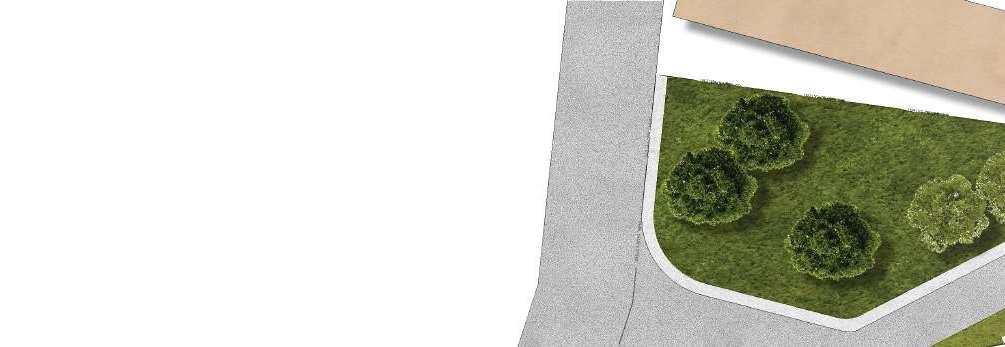
1 minute read
REBRICK LAY

Carnegie Mellon University, Fall 2022
Advertisement
Instructor: Jinmo Rhee
Softwares used: Rhinocerous, Grasshopper, Python
Team : Sayali Lamne and Sanjana Nagaraj
The project aims to create a Grasshopper Plugin, a tool that can simplify redundant and complex workßows intending to resolve the issues of varied parameters of reclaimed brick and bridging the lack of visualization tools for 3D modeling of structures that use reclaimed materials (exclusively Brick). The outcome is a grasshopper plugin- ‘Rebrick Lay’ a tool that can help a wide range of stekholders, from manufacturers to industry professionals, to visualize walls built out of reclaimed bricks. The tool considers the varied parameters of the bricks such as their dimensions, compressive strength and provide ‘n’ number of iterations. This tool can not only reduce waste but also help leverage the circular economy and encourage deconstruction instead of demolition and consideration of disassembly at the start of the project.
Parameters of each batch

Each batch can be identiÞed by 4 parameters compressive strength (cp), length (l), width (w), height (h), and the number of bricks present in them (n).

Since these are reclaimed bricks engineers or contractors will prioritize bricks with higher compressive strengths. Thus, to segregate them the ‘sort’ component will sort these batches in ascending order of their compressive strength.these batches strength.
The u-v dimensions will be derived based on the maximum length and width as the maximum width of the bricks among all the selected batches.
To construct a strong wall users might prioritize bricks with higher compressive strength. Primary distribution refers to the Þrst distribution of bricks with higher cp. This component will take input from ‘sortedBatches’, centroids of each bricks panels, and attractor point, which will select a random number of starting points based on the user’s preference given through attractorPt. This attractor point can be selected in two ways- using a number slider or evaluate curve option. From the list of generated list of points, 50% (t) of the initial points will be selected. It will further check the available number of bricks in the batch.


Primary Distribution
This tool can be extremely useful for architects, designers, engineers, contractors, and masonry workers to estimate the required quantity of the material, visualize Þnal results in a space without redoing efforts, reduce waste and give cost savings. This tool will help in overcoming all the limitations and challenges associated with the use of reclaimed bricks and support a circular economy. As mentioned before it encourages deconstruction instead of demolition and consideration of disassembly at the start of the project.











